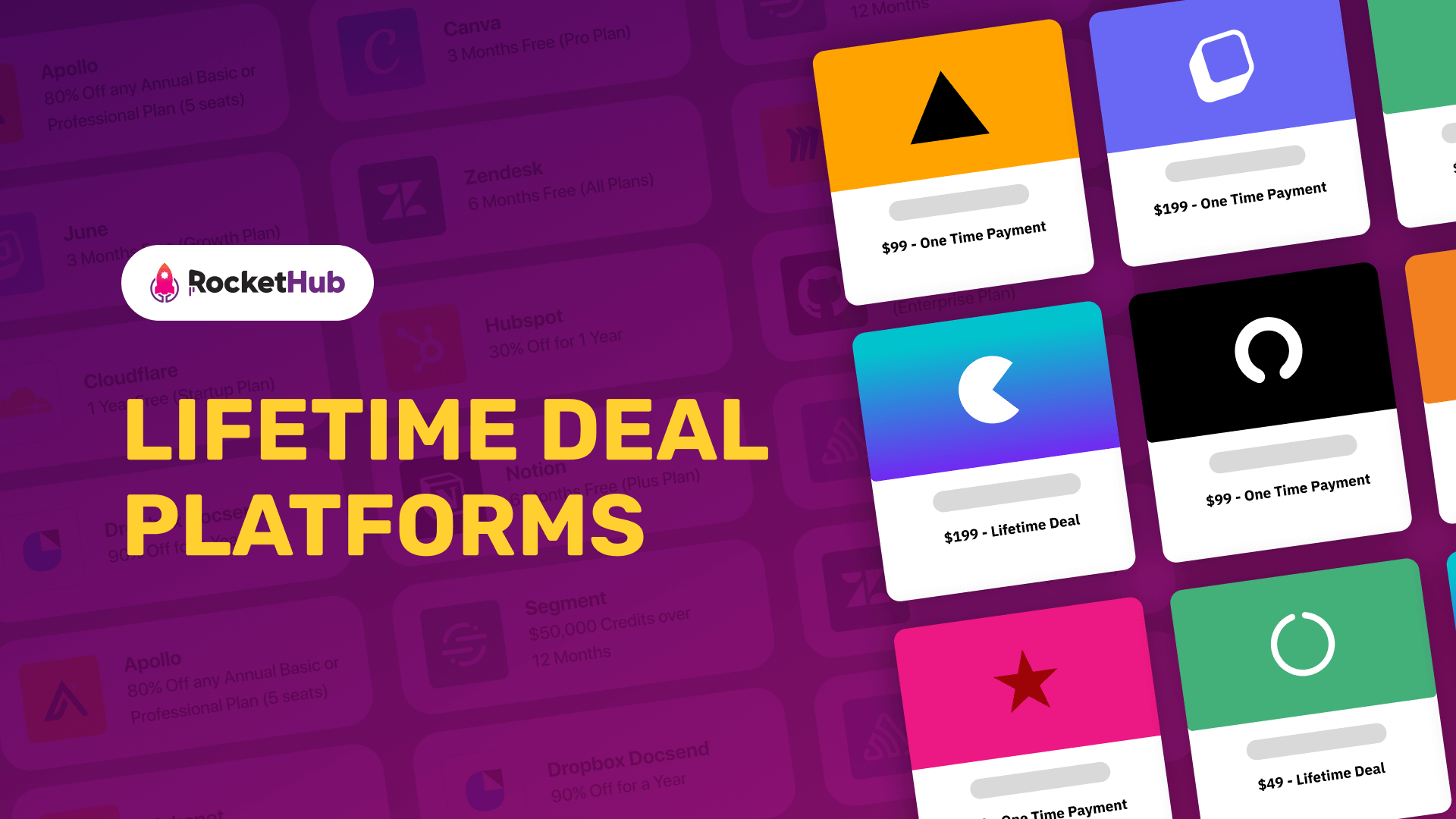
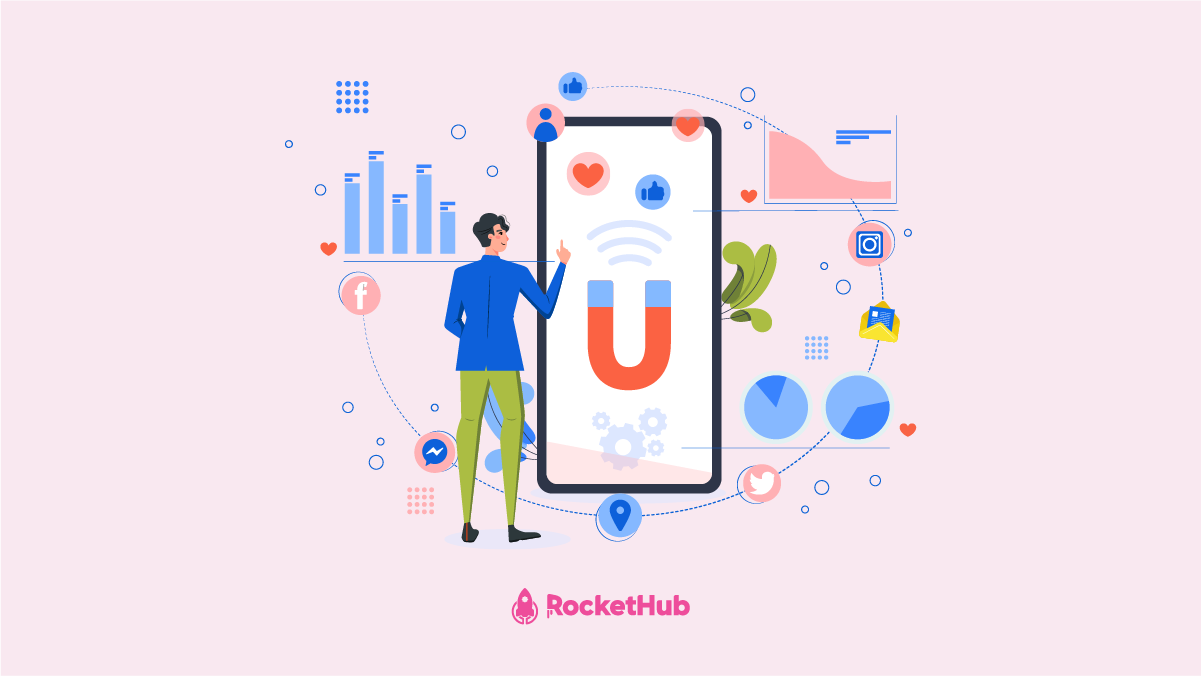
Inbound marketing has been on top of the digital marketing agenda for the past couple of years. For SaaS companies with content marketing as an integral part of their offering, inbound marketing for SaaS is not a luxury, but a necessity.
The question remains, how can we actually apply inbound marketing to our SaaS business? Inbound marketing for SaaS can seem complicated, but it’s actually quite simple. Let’s find out how.
Before we define inbound marketing, we should talk about the old “push or pull” methods that attract customers. In “push” marketing, a business spreads out information about their products and/or services to as many people as possible, and in “pull” marketing, the business creates something compelling to attract people to them.
Inbound marketing is really about creating compelling content that makes your audience want to stay. A key feature of inbound marketing is attracting customers with high-quality content and personalized experiences via digital platforms like blogs, emails, and social media. Inbound marketing is the process of offering solutions to customers’ most common questions.
Due to its short sales cycle, inbound marketing for SaaS is unique. As a general rule, the buyer’s journey from becoming aware of a SaaS service or product and purchasing it typically takes just 14 days. Therefore, inbound marketing and SaaS make an ideal match. By using a ‘lean’ methodology, we can effectively interact with prospects at each stage of the funnel.
An internet wizard knows how to make people click on things on the internet. Knowing how to do this organically is all the more important for a new business.
For this reason, inbound marketing strategies are essential for modern marketers. Inbound marketing is about empowering your customers to make their own decisions. When you align with the way buyers think, research, and buy, you build a stronger and longer relationship.
Now that we already understand what is inbound marketing and the importance of it for SaaS business, let’s move forward to how we can develop solid inbound marketing strategies for SaaS.
There is no better way to prepare an inbound marketing strategy than by understanding your target audience. The most effective method is to create buyer personas. To refresh your memory, we suggest that you take a look at our previous post on creating buyer personas.
The purpose of this stage is to determine what type of value your potential customers seek. Identifying who you are trying to reach will help you narrow down your research. It will also be easier to determine which inbound marketing tactics will work for your company.
The next step is to define the core of your strategy. That is, how and where to connect with your audience.
In general, you should place popular search engines at the top of your list and use all the additional methods to get your audience down the funnel. In summary, there are 4 big categories to focus on:
SEO is an integral part of any SaaS Inbound Marketing strategy. When creating a plan for your software product, you should consider the following:
Pay-per-click advertising includes Google Ads, Facebook Ads, and other social media ads. However, if you are a SaaS, Google Ads is important as a complement to your SEO efforts. PPC Advertising is technically an outbound channel, but you can still attract traffic by offering value and making it a valuable channel to explore.
It is also possible to explore other forms of digital advertising, but you should only use them if you believe that they match your buyer persona.
Social media platforms are where consumers spend most of their internet time. Taking advantage of these channels can also provide additional traffic and data. Start by finding out which channels are most popular with your target audience. Then, become an authority in your niche by bringing together potential visitors on these platforms.
As an example, you could create a Facebook group or subreddit. Keep your content up-to-date and valuable by posting frequently. Start by experimenting with several channels and adding UTM parameters to your links, and figure out which social media channels drive the most traffic to your blog.
Referral marketing can be beneficial for early-stage projects. The purpose of this strategy is to encourage people to promote your products on their websites by offering them incentives to do so. A commission could be paid to the webmaster if a new customer comes from a partner website. It may take you a few times to find your first few partners, but once you get going, you will notice the process becomes much simpler.
By the time you have a respectable amount of traffic month over month, say 1000 visitors, you can start turning them into leads or potential customers. As part of your SaaS inbound marketing strategy, you will create an email list.
For long-term business success, capturing emails and growing your list is crucial. If you violate Google’s guidelines, they will de-index your content, but your email list is always yours no matter what.
Is there anything you can do to make your website visitors into customers? Here are some of the most popular methods.
Lead magnets are a longer-form piece of content that offers a lot of value to the reader. It can be something simple like a checklist, eBooks, or access to an excel sheet that can help your audience perform their job better. In order to demonstrate the importance of your lead magnet, place opt-in boxes throughout your website. The opt-in boxes could even appear before they leave your website.
The goal of a landing page is to capture the reader’s email address. During the presentation, they will typically touch upon the audience’s pain points while highlighting the features and benefits of your product. Using these pieces of content, users can activate one or more CTA buttons and receive some type of offer.
The purpose of this video is to engage website visitors in a deeper manner. It can be placed on your homepage, as a welcome video, or on your thank-you page when they finally purchase your product or service. You can benefit from a great tool like PageNudge, which is now available on RocketHub for a lifetime deal. See the example of how the video is placed on the website below.
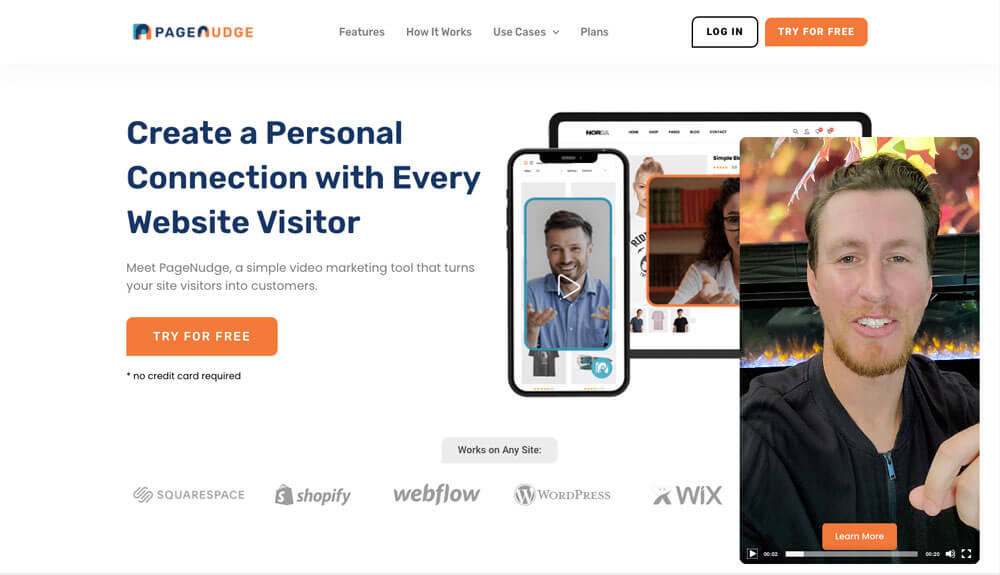
Providing value continuously and building a meaningful relationship is what nurture campaigns aim to do in order to move your prospects from the awareness stage to the purchase stage.
Over time, leads become more familiar with your brand as they consume your content via blog posts, emails, ebooks, and more. A brand-niche association builds up, and you slowly become known as a thought leader in the industry. As a result, buyers are more likely to trust you, and more leads reach the “decision” stage.
Through drip campaigns, this entire process can be fully automated. A wide range of email marketing tools, like Mailshake or Mailchimp, can be used to schedule email messages that are triggered by certain actions or at a set time.
SaaS marketing plans should be relatively simple to execute and repeatable. Having the ability to measure your progress is also critical, and there are a few KPIs you will need to decide on before getting started. However, don’t try to spend too much time on details. Focus on keeping the setup simple and with minimal variables.
The importance of feedback should also be kept in mind. When you have built your email list, consider sending out surveys and forms periodically for feedback. You can easily do this through Google Forms. Getting responses from your audience can help you increase engagement with them, as well as accelerate your growth and success rate.
The power of inbound marketing for SaaS can be increased by synchronizing the points above and taking enough time to set them up correctly. Consistency in both the quality and quantity of your content is critical to building long-term relationships and a sustainable source of leads.
Sign up below to be one of the first crew members onboard and get early access to amazing deals.


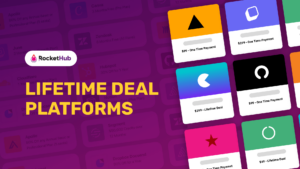
The best lifetime deal platforms for software. Platforms lik RocketHub scour the web for the highest quality products to bring buyers the best lifetime deals on their platform.
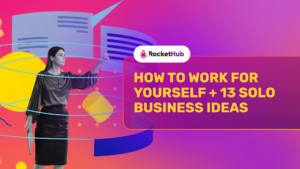
Do you ever wonder if being your own boss could truly set you free? In this article, we’ll explore the theory that unleashing entrepreneurial freedom
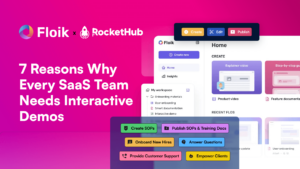
Making a Case for Interactive Demos: 7 Reasons Why Every SaaS Team Needs Them Let me paint a scenario for you. You want to buy
RocketHub is your source for amazing deals on software and content for entrepreneurs, by entrepreneurs.